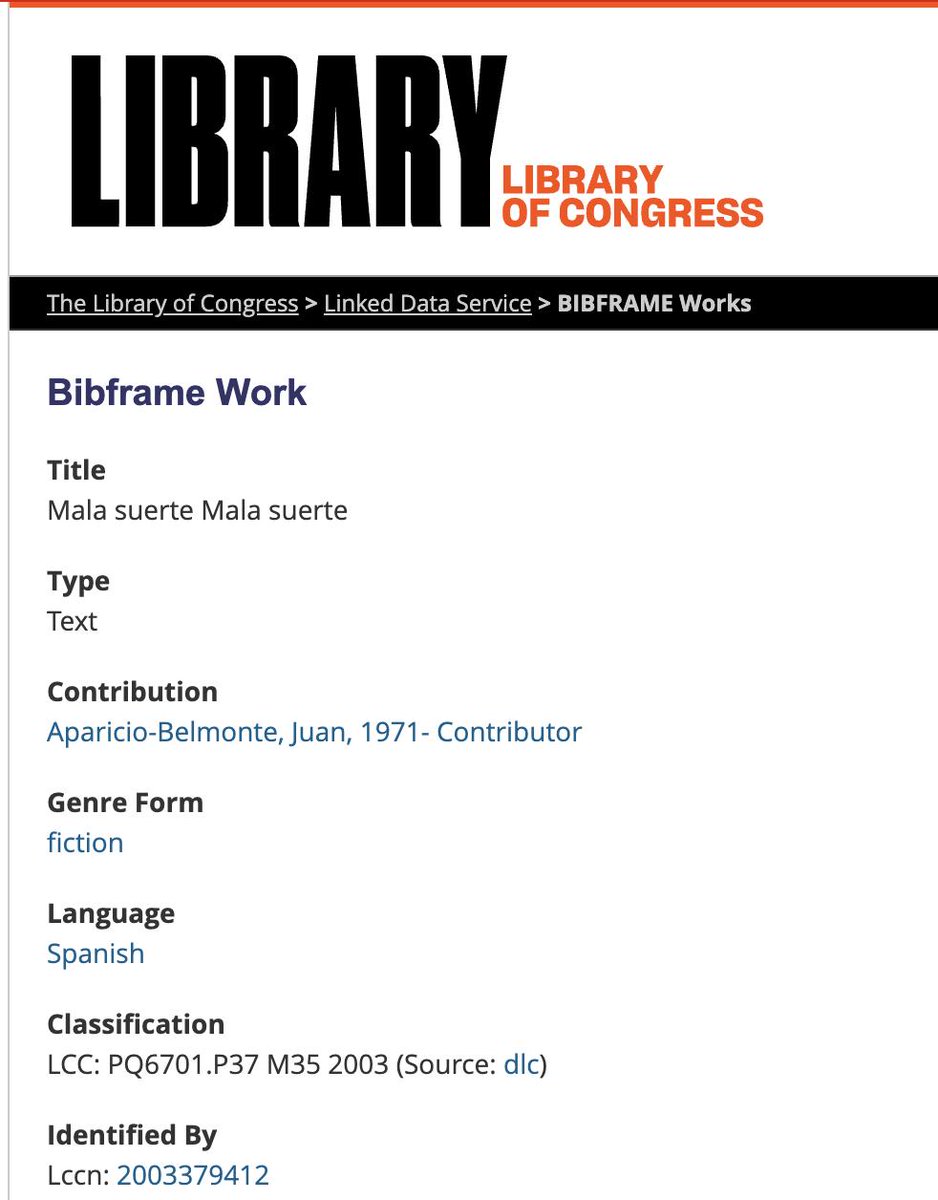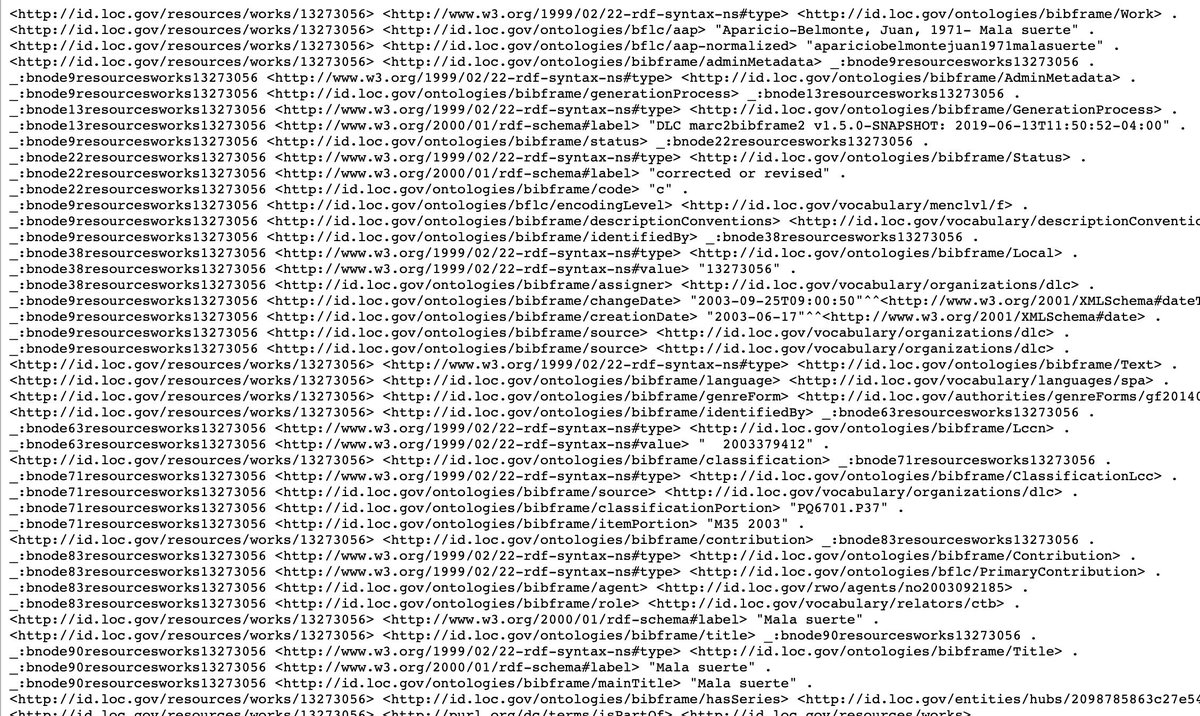Discover and read the best of Twitter Threads about #neo4j
Most recents (8)
The courageous journalists of the @ICIJorg just published a gigantic piece of work — the #PandoraLeaks.
🧐 Let’s explore the Pandora Papers with @mesirii.
okt.to/L8Q39U
#neo4j #graphdatabase
🧐 Let’s explore the Pandora Papers with @mesirii.
okt.to/L8Q39U
#neo4j #graphdatabase
Let’s investigate the data of the "Power Players" — those illustrious figures that the @ICIJorg chose to highlight. okt.to/L8Q39U
#neo4j #graphdatabase #PandoraLeaks
#neo4j #graphdatabase #PandoraLeaks

Example thread on how to load #JSON into #Neo4j Aura -- working up from simple to more complex. Let's use the .@TheHackersNews public API to load a mini-feed of stories.
First: head endpoint with best stories, and simplest JSON load:
First: head endpoint with best stories, and simplest JSON load:

1/15 Neo4j has always assigned every node (and relationship, but let's focus on nodes) a long value that's called the node's id. Multiply that by the node record size and you know the offset in the node store.
2/15 This id functions as an always present, automatically assigned psedo-property, which allows for O(1) lookups and is also used as the value in our indexes. It's very useful as an addressing mechanism.
3/15 It also has some invariant guarantees, the most interesting of which is that within a transaction, a node id is never reassigned. This, in combination with the above, makes it tempting to use as node identity.
building a long-life (10yrs+) graph-backed web service for @pariyatti (a non-profit). we're planning to use #neo4j
i have some questions.
i have some questions.
#python + #django support seems... weak, at best? (latest commits to `neomodel` and the django plugin are 2019/2018 with no support for neo4j 4.x)
is this a misconception on my part? i'd love a shout out from people happily building webapps with #neo4j on #python out there
is this a misconception on my part? i'd love a shout out from people happily building webapps with #neo4j on #python out there
#ruby and #rails support seems okay. #activegraph is a thing and there was a commit this week. the design seems sane.
i have 10-year-old rails apps, though. they... don't work. the ruby & rails ecosystem isn't really geared toward "boring things that will work in 10-20 years"
i have 10-year-old rails apps, though. they... don't work. the ruby & rails ecosystem isn't really geared toward "boring things that will work in 10-20 years"
So, my thread on how to choose databases for your web apps starts in 20 minutes time. Hope y'all are ready ?However, this time i would love it to be an interactive session where we can learn from each other about database preferences for specific web apps and the use case
#thread
#thread
This is what we want to talk about today. Take a really good look at the image below. Study it well. Also notice the words at the 3 vertexes of the triangle. CONSISTENCY, AVAILABILITY & PARTITION-TOLERANCE (Big English - but fear not, we shall demystify all and it'll all be easy) 

If we also look at the image in the previous tweet on this thread we can see some popular databases placed at certain sides of the triangle. It is important to note also the positioning of some of a particular point on each side. We shall discuss this in more detail soon. #thread
#RDF + #Neo4j thread:
Here's an #RDF description of my favourite book by @Superantipatico (source: Library of Congress)
id.loc.gov/resources/work…

Here's an #RDF description of my favourite book by @Superantipatico (source: Library of Congress)
id.loc.gov/resources/work…


Detecting and visualising nodes in #neo4j using Neo4j Graph Algorithms and APOC.
This works really well with Neo4j Bloom and will show you whether you're on the right track.
1/
This works really well with Neo4j Bloom and will show you whether you're on the right track.
1/

// Run the appropriate Community Detection Algorithm
CALL algo.louvain.stream('User', 'FRIENDS')
YIELD nodeId, community
WITH community, collect(nodeId) AS ids
CALL algo.louvain.stream('User', 'FRIENDS')
YIELD nodeId, community
WITH community, collect(nodeId) AS ids
// Use APOC to create a Virtual Node for the Community
CALL apoc.create.vNode(['Community'], { name: community })
YIELD node AS communityNode
CALL apoc.create.vNode(['Community'], { name: community })
YIELD node AS communityNode
@georgberky 14/ New trends in Databases
not necessarily for #groovylang, but something everyone needs to know like #jooq #hibernate #postgres #neo4j #tinkerpop #cassandra #redis #mongodb
not necessarily for #groovylang, but something everyone needs to know like #jooq #hibernate #postgres #neo4j #tinkerpop #cassandra #redis #mongodb
16/ Dynamic vs static programming in #groovylang
- performance differences
- tooling improvements
- etc
- performance differences
- tooling improvements
- etc




